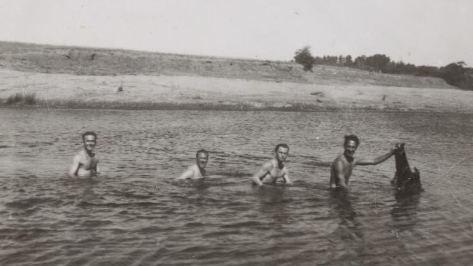
IT’S that time of year when families flock to frolic in the capital region’s various popular swimming holes, as they have done since first they set foot in the valley that thousands of millennia ago was the bottom of an ocean.
Given the local tales that continue to circulate of an unidentified critter lurking within though, perhaps it’s not safe to go back in the water after all?
Lads from the ‘hood have long talked of an unseen (though much-heard) beastie that would pursue them, growling and snorting, if they wandered as dusk descended near the junction where the Queanbeyan and Molonglo Rivers merge.
Then there’s the “Burley Beast”, believed by some to be resident in Canberra’s beautiful – though artificial – lake, and described by witnesses as “eel-like” and up to two metres long.
Just some jokers having a lend of us, right?
Well, curiously, there have been any number of reports of a strange creature with allegedly no known nomenclature regularly spotted in our plentiful regional waterways and reaching even further back than when Nessie, of that now famous Scottish loch, first garnered worldwide attention in 1933.
The traditional owners of this area, whose name for Lake George, Weereewa, is thought to translate to “bad waters”, shared with early arriving Europeans stories of the Dreamtime creature the Bunyip or “devil, devil”, that had made that on-again-off-again body of water home. White men accounts began to arise in the 1830s, detailing a mysterious inhabitant “resembling a seal” – and they weren’t limited to Lake George.
They also didn’t come from crackpot, tin-foil-hat-wearing conspiracy theorists either (and I’m not being unkind to Tim the Yowie Man here!). Highly credible sources include no less than the “Father of Canberra”, Methodist minister, journalist, politician, coroner, Masonic Grand Master – and teetotaller – John Gale.
In his 1927 book, “Canberra Myths and Legends”, Gale wrote of having personally encountered an apparent biological anomaly along a stretch of the nearby Murrumbidgee River, the sight leaving him bamboozled.
A fishing aficionado, one day while engaging in the solitary pursuit, Gale claimed there emerged in front of him, “a large, amphibian dog-like creature” that looked him straight in the eye for around 90 seconds before re-submerging into the depths.
And that’s not all, folks.
Between the 1870s and the turn of the century, from the Murrumbidgee to Ginninderra Creek and “both above and below” Queanbeyan, witnesses recounted “a big nondescript amphibious animal”, one particularly creepy description suggesting it possessed a “face that resembled that of a child… with extended arms or long fins”.
Another account declared: “It was of an ash-coloured grey, without hair, and very smooth; it… appeared like the largest porpoise I ever saw. I should say there were nine feet of its body exposed.”
Other attempts at explanation extended to an otter, a fox – even a bear. The “Sydney Morning Herald” relayed that one had allegedly been captured at Tharwa but it escaped before it could be sent to Sydney for analysis.
A theory that continues to do the rounds is that if such a thing exists, it’s an oversized carp or Murray cod, so large it’s even been known to make a meal of birds going about their business on the surface. Lending credence to this, in the 1840s, what was initially thought to be “the nude body of a man” found floating down the Queanbeyan River was instead a “monstrosity resembling a gigantic fish with a tail at each extremity”.
It turned out to be two massive cod: one at 90 pounds (close enough to 41kgs, approximating the size of a 10-year-old boy) that had attempted to eat a 45-pound specimen that became wedged in the former’s throat!
However, John Gale would have known a huge fish when he saw it and therefore, it seems unlikely this was the explanation for his experience.
So, does any of it hold water?
My final word on the matter comes from influential 20th century horror author HP Lovecraft: “After all, the strangest and maddest of myths are often … based upon truth.”
Nichole Overall is a Queanbeyan-based journalist and social historian and you can find more of her yarns and obscure revelations on the myths and mysteries of this region on Facebook, Twitter and Instagram.
Who can be trusted?
In a world of spin and confusion, there’s never been a more important time to support independent journalism in Canberra.
If you trust our work online and want to enforce the power of independent voices, I invite you to make a small contribution.
Every dollar of support is invested back into our journalism to help keep citynews.com.au strong and free.
Thank you,
Ian Meikle, editor
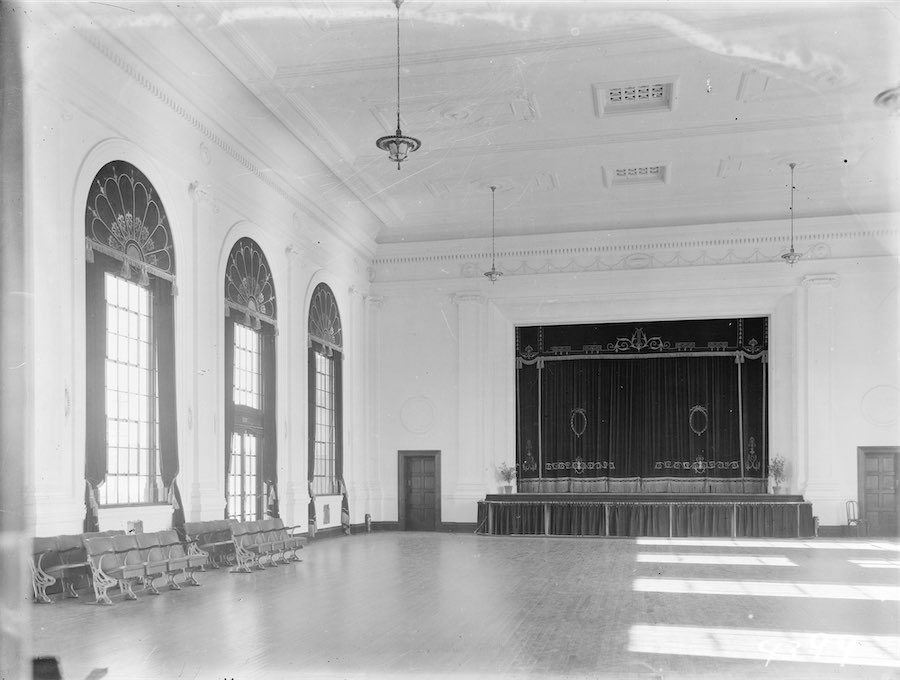
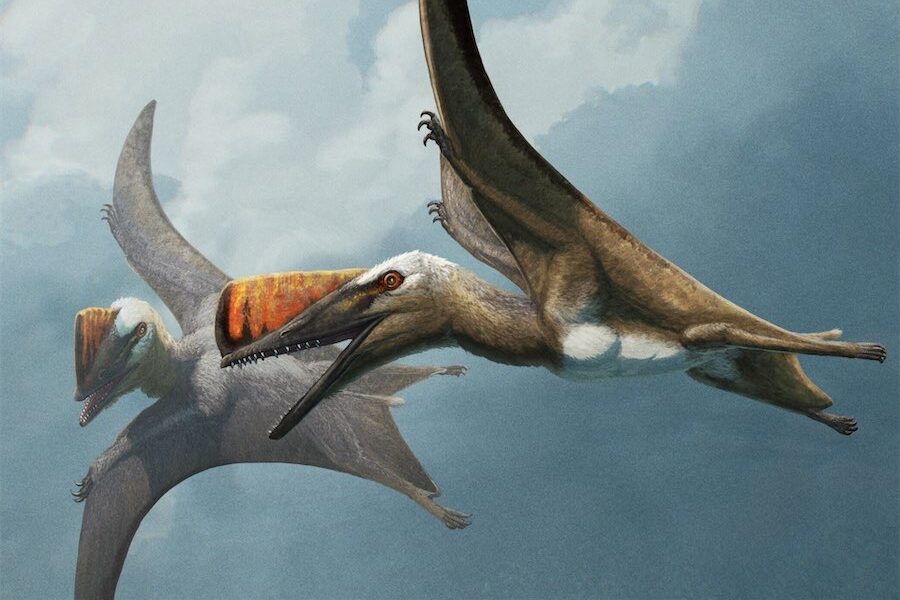
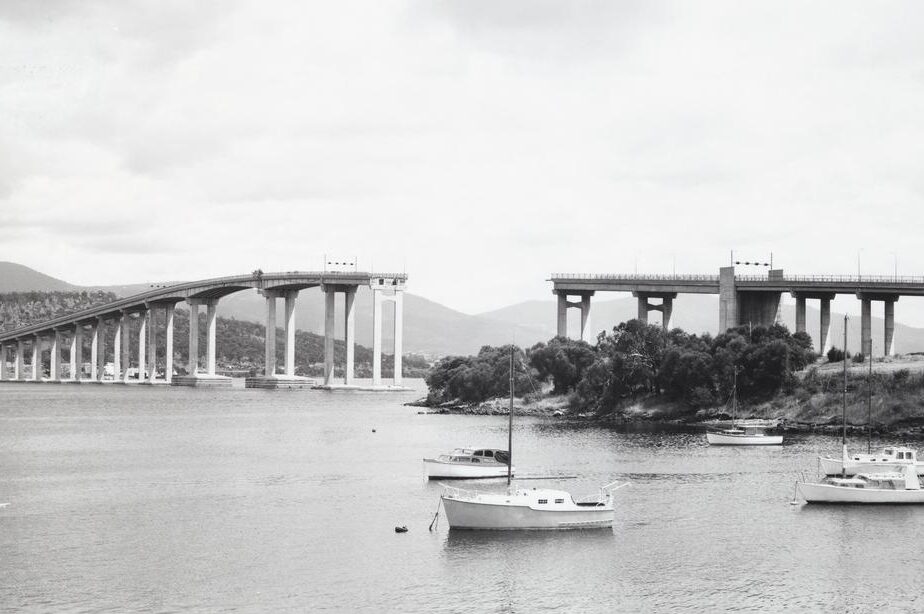
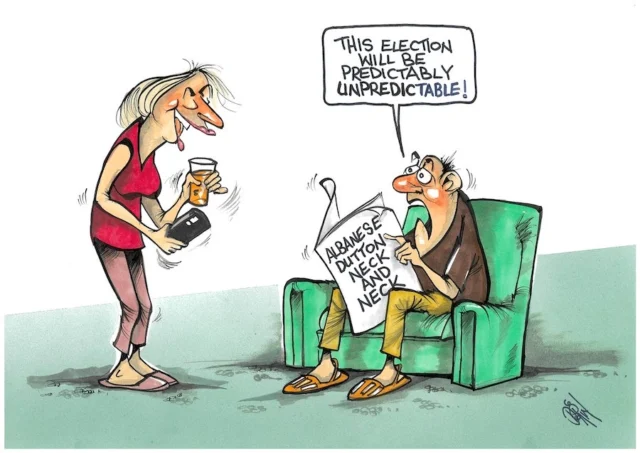




Leave a Reply